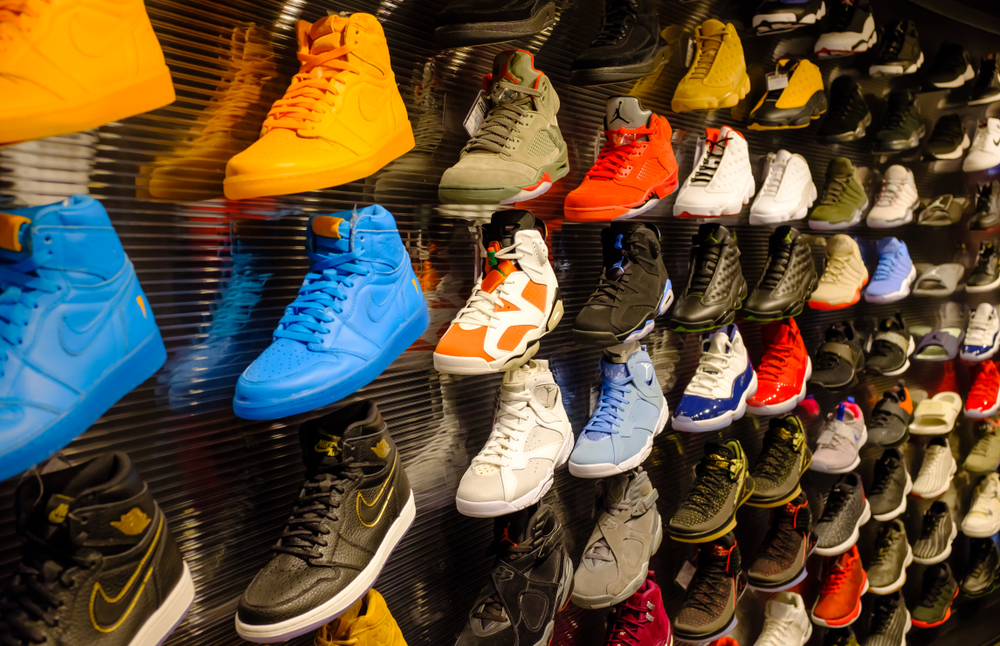What is the Drop Phenomenon?
The “drop” phenomenon has taken over the fashion and consumer world, creating an entirely new way of purchasing products. From sneakers to collectible figurines and streetwear brands, the practice of releasing products in limited quantities for a short period has become a major trend, influencing how young people spend their money. But why do “drops” generate such high demand? How do they affect the purchasing habits of teenagers, and what risks lie behind this trend?
How Do Drops Work?
In the world of fashion and collectibles, a “drop” refers to the scheduled release of a product in limited quantities. Unlike traditional production methods, where a product is continuously manufactured and sold, drops are available only for a few hours or days. This creates a sense of exclusivity and scarcity, increasing consumers’ desire to obtain the product before it sells out. For major companies like Nike, Adidas, Supreme, and Off-White, drops are not just a sales strategy but a way to generate hype around their brand.
Examples of Successful Drops
One of the most famous examples is Nike’s collaboration with Travis Scott. When the “Air Jordan 1 x Travis Scott” sneakers were released, they sold out within minutes. The limited availability, combined with the artist’s popularity, led to skyrocketing resale prices, with the original cost of 200 euros soaring to over 1,000 euros in the secondary market. This resale potential largely fuels the popularity of drops, as many consumers don’t buy the products to use them but rather to sell them later at a higher price.
The Influence of Social Media on Drops
This phenomenon is not limited to sneakers. In the streetwear industry, brands like Supreme have made the “drop model” an integral part of their strategy. Every week, Supreme releases new products that sell out in seconds, as brand enthusiasts are willing to wait for hours—either in physical stores or online—to get their hands on a limited edition hoodie or t-shirt. The same applies to other companies like Bape and Palace, which use scarcity as a marketing tool.
The Risks Behind the Drop Phenomenon
A key factor driving the popularity of drops is social media. Platforms like Instagram, TikTok, and YouTube are filled with influencers and celebrities showcasing these collectible products, generating even more hype around them. Young people see their favorite personalities promoting these limited edition items and feel the need to participate in this trend. Additionally, the Fear of Missing Out (FOMO) plays a crucial role, as no one wants to be left out of a popular trend or miss the chance to own something unique.
Buying and Reselling Drops
However, purchasing through drops is not always smooth sailing. Resale platforms like StockX and GOAT have created a market where these products change hands at significantly inflated prices. This has led to the rise of “resellers,” individuals who buy products solely for resale purposes. Some even use bots—software programs that automate the purchasing process—depriving real consumers of the opportunity to buy the product at its original price. As a result, many young buyers face excessively high prices, forcing them to either overpay or miss out on the item they wanted.
Drops and Financial Management
Another risk is the trap of consumerism. The constant desire to acquire the hottest products can lead to irresponsible money management. Teenagers who spend large amounts to buy collectible sneakers or limited edition clothing often neglect the importance of saving and financial planning. In some cases, young people may even resort to borrowing money or using credit cards to participate in the drop game, which could lead to financial problems in the future.
Conclusion: Can Drops Be Beneficial?
However, if drop purchases are made wisely, they can be an interesting experience. Young people can learn the value of scarcity, supply and demand, and even develop entrepreneurial skills if they engage in reselling. Moreover, parents and educators can use this trend as an opportunity to discuss with kids the importance of proper money management, investments, and responsible consumer behavior.
In summary, the drop phenomenon has transformed the way young people consume products, making fashion and collectibles part of their daily lives. While exclusivity and hype provide excitement that attracts millions of consumers, it is essential to maintain a balanced approach.
Try the Woli Debit Card and teach your child financial responsibility in a fun way! Download the Woli app on Android or iOS, follow the steps to add your child, and get 30 DAYS FREE on the premium BASIC subscription and a FREE physical Woli card!









